Rare Rides: The 1978 Ford Fiesta, a German Car

Ford has executed an on-then-off strategy with regard to its Fiesta offering in the North American market. Currently in off mode, your local Ford dealer encourages you to look at the sporty and capable first-ever third-world offering EcoSport instead.
But today we’re stepping back in time to 1978 to take a look at the genesis of Fiesta. The Fiestasis, if you will.
Ford began development of the Fiesta in the early Seventies as a new competitor to offerings from the likes of Renault, Peugeot, and Volkswagen. A super mini, the Fiesta would occupy a size class below the (European market) Escort. The project received the go-ahead from Henry Ford II in 1972, and the final design work was carried out at Ghia by noted designer Tom Tjaarda. In development the project was called Bobcat, but Ford asked General Motors if it could use the Fiesta name instead. The General owned usage of the name ever since the Oldsmobile Fiesta of the 1950s.
“Have it,” GM said.
Ford implemented a coil spring suspension in the Fiesta, whereas most rivals used torsion bars. In cars equipped with the sports “S” package, Ford included an anti-roll bar. All first generation Fiestas came equipped with 12-inch wheels, disc brakes up front, and drums at the rear.
The project marked a couple of firsts for Ford’s European operation arm: It was the first time they’d developed a front-drive car intended for several markets, and the first super mini from Ford. A new factory was built in Valencia, Spain to handle Fiesta demand, estimated at 500,000 units per year. Production capability in the UK at Dagenham was also used, as well as the Cologne and Saarlouis sites in West Germany.
On sale in early 1977, European models used 957-cc or 1.1-liter Valencia inline-four engines. Models intended for North America had different specifications than their European brethren, and rolled out of Germany rather than Spain. U.S. versions had a larger 1.6-liter Crossflow four and catalytic converters. The U.S. also required impact bumpers and sealed-beam headlamps, and customers demanded optional air conditioning (not available across Europe). A four-speed manual was the only transmission available in any Fiesta. Hatchback Fiestas were the only option in North America, but other markets also received a three-door panel van.
The Fiesta was a global success for Ford, which replaced it in 1984 with a Mark II version. However, in North America it lasted only through 1980, as an America-centric Escort was ready for its debut in model year 1981.
Today’s Rare Ride is a very tidy 1978 example with the sporty S package that adds additional gauges to the upgraded suspension. Currently a Seattle resident, this Fiesta emigrated to the U.S. via Vancouver, which is a small blue-collar shipping port in Canada. With 33,000 miles on the clock, it asks $4,500.
[Images: seller]

Interested in lots of cars and their various historical contexts. Started writing articles for TTAC in late 2016, when my first posts were QOTDs. From there I started a few new series like Rare Rides, Buy/Drive/Burn, Abandoned History, and most recently Rare Rides Icons. Operating from a home base in Cincinnati, Ohio, a relative auto journalist dead zone. Many of my articles are prompted by something I'll see on social media that sparks my interest and causes me to research. Finding articles and information from the early days of the internet and beyond that covers the little details lost to time: trim packages, color and wheel choices, interior fabrics. Beyond those, I'm fascinated by automotive industry experiments, both failures and successes. Lately I've taken an interest in AI, and generating "what if" type images for car models long dead. Reincarnating a modern Toyota Paseo, Lincoln Mark IX, or Isuzu Trooper through a text prompt is fun. Fun to post them on Twitter too, and watch people overreact. To that end, the social media I use most is Twitter, @CoreyLewis86. I also contribute pieces for Forbes Wheels and Forbes Home.
More by Corey Lewis
Latest Car Reviews
Read moreLatest Product Reviews
Read moreRecent Comments
- EBFlex This is good news. Perhaps the tide is turning against this insanity
- Ravenuer Is it possible Musk is getting a little, you know.......?
- NotMyCircusNotMyMonkeys oh noes- if fat orange jesus goes to jail, no bad new york libs get to charge!
- Dartman its official: Tesla Death Watch has begun.
- Kurkosdr Stellantis builds world-class vehicles? When?



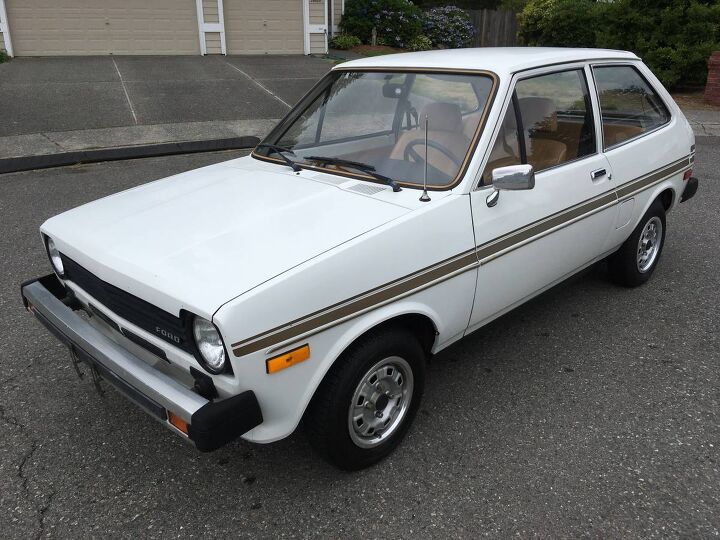



















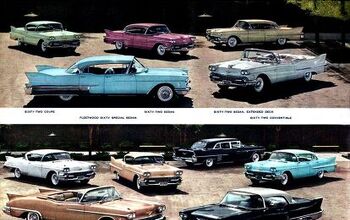

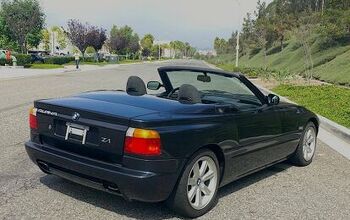
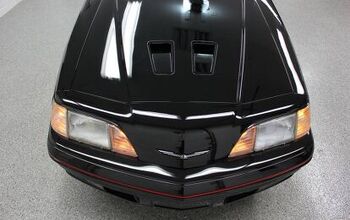
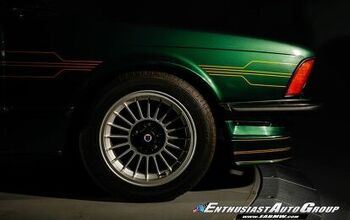
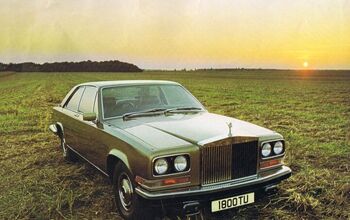
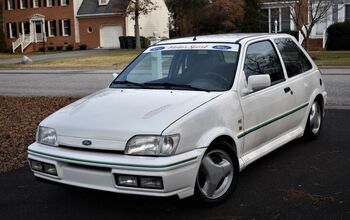

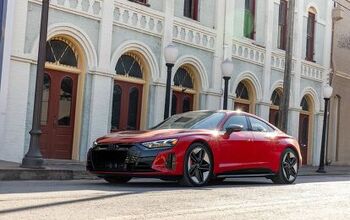
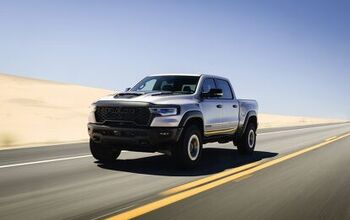

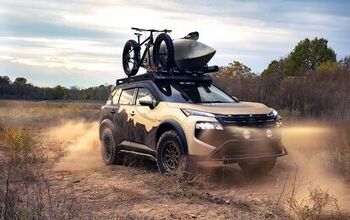
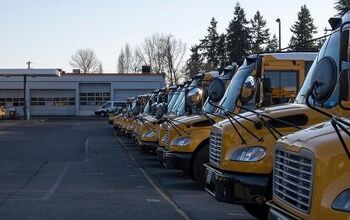

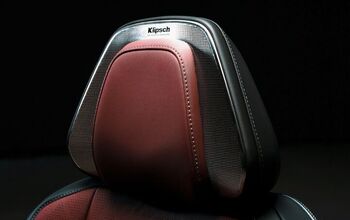
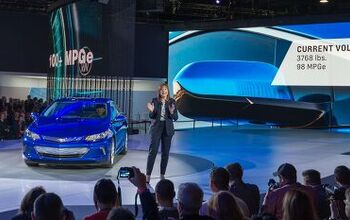
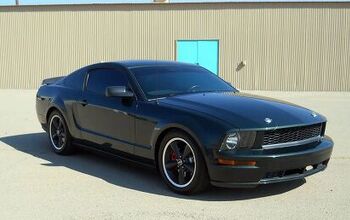
Comments
Join the conversation
My mom had one of these when I was in high school/college. I learned to drive stick on it. Fun little car. One night on her way to pick me up at college, she had some sort of issue that fried the electrical system. Luckily, a dealer managed to get it going, & we managed to make it back home, tho everything smelt burnt.
I inherited one of these from an uncle in 1985 as my first daily driver. He'd been trying to tune it up at some point and had it catch fire under the hood after a backfire, then threw sand all over it (with no air cleaner) to put the fire out. My father and I rolled it down the hill to our garage, pulled the carb and cleaned it and the manifold as well as we could, then poured some 2-cycle mix down its throat and started it up. Tough little bugger that it was, from that day forward it ran reliably until a couple years later when a school bus ran my father off the road in it and he tore up the suspension. I remember one night it broke the water pump belt late at night about 15 miles from home. Taking care with the throttle, I was able to nurse it home without overheating it - I doubt many modern engines would be able to do that.